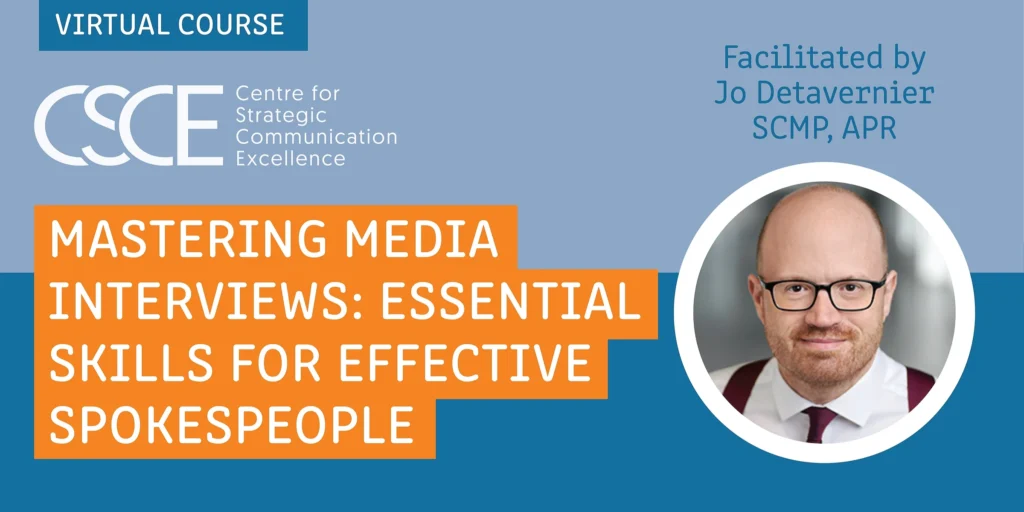Working with employee communication is a daily challenge. Without a shadow of a doubt, it is one of the areas of organizational communication that has most evolved in recent years and is becoming increasingly strategic. It is critical, due to the challenge of dialoguing and interacting with a public that is literally in your home, that knows all of the organization’s perfections and imperfections, and that knows each corner, each room and all of the truths of your workplace. Many spend more time working, than with their families and friends. Employees create internal relationships and connections. They make up the organization and its culture.
Communicating within the home is by no means easy. It requires great skill and above all, knowledge of the context of organizations – their culture, characteristics, strategy and much more. Simply posting a note on the intranet or a social media platform means absolutely nothing, it simply means that it was posted and that’s that. Our role as communication professionals has evolved far beyond that of disseminating information.
As I was saying, the simple fact of sending a message doesn’t mean it has been received. From my experience of over 20 years working with organizational communication and analysing the many mistakes and successes of employee communication, I believe there are five stages of this process.
When we decide to communicate, in this case to the employees, we have to ensure that these five stages must be complete for the communication to be successful. While this may seem very simple to many people, yet in my opinion, it is a significant daily challenge that many overlook.
Let’s use a very simple example to understand this better. Let’s say that we need to communicate a message on “Work Safety.” The objective of the communication is to inform the employees of the risk of accidents at the workplace, and care that must be taken to make the workplace safer and avoid accidents.
Let’s look at the 5 stages for this message:
Stage 1: The work safety message must be received and/or be accessible to all employees
Stage 2: The employees needs to have read the information that has been posted
Stage 3: They need to understand the message
Stage 4: They need to agree with the message
Stage 5: The grand finale: They need to act/change their behaviour in line with the message. We need an action. They need to take suitable actions to avoid the highlighted risks.
If the employee doesn’t fulfil any one of these stages, the communication was unsuccessful. It may have been received, but not read, or even have been read but not understood, and even after having read the message, the employee may not have agreed with it or acted according to it. Therefore, the simple fact of sending a message on “Work Safety” doesn’t mean that your objectives were met – making the workplace safer, without accidents.
Employee communication is complex. It’s about relationships and interaction. Professionals that work in this area need to deal with many variables using various internal channels including leadership communication.
In my opinion, internal channels, events and campaigns can be used effectively through planning, alignment and good internal professionals, as well as external consultants and agencies. Our biggest challenge is turning the leaders of organizations into real team communicators. Making leaders aware, providing guidance and training, and accompanying them in the performance of their role: interacting and handling internal relationships in the workplace is a significant and growing challenge for internal communication professionals.
When someone is promoted to fill a leadership position, this doesn’t mean that they are automatically going to be good managers or a good leader and have the appropriate communication skills. We need to guide them to become true leaders and not only bosses or process managers. They need to understand their role within the organization and also the challenge they must take on, in maintaining a daily relationship with their teams. A leader is the main means of communication with employees. Channels, events and campaigns are an integral part of who we are as professionals and are of course important to the process, but they should never be seen as the central focus of our professional role.





